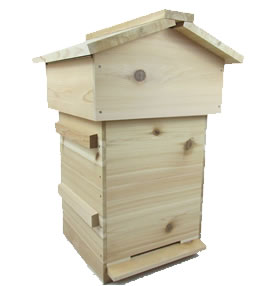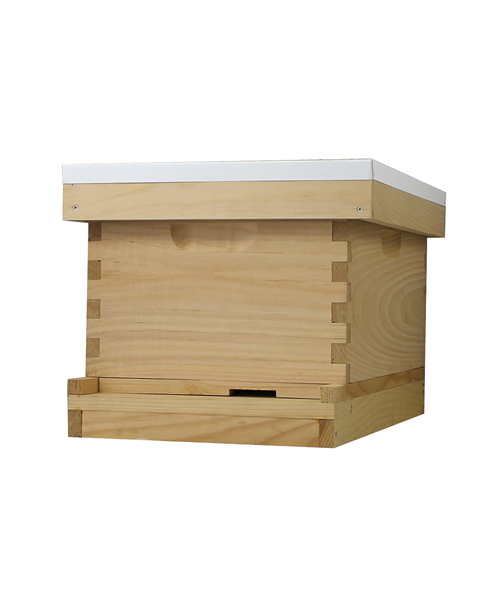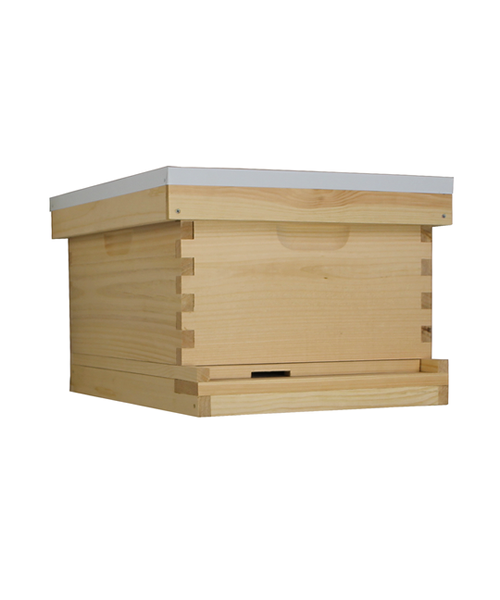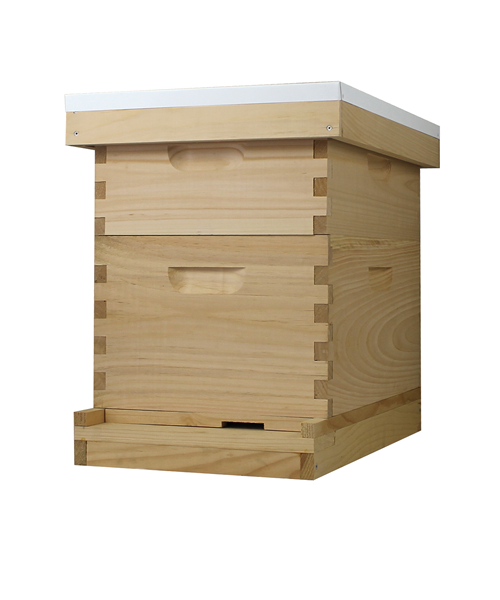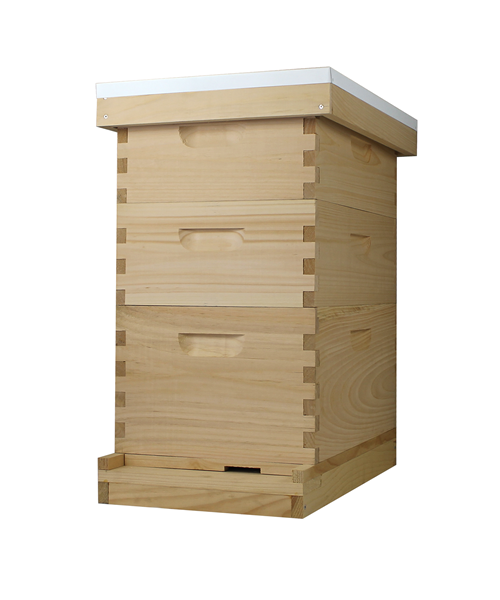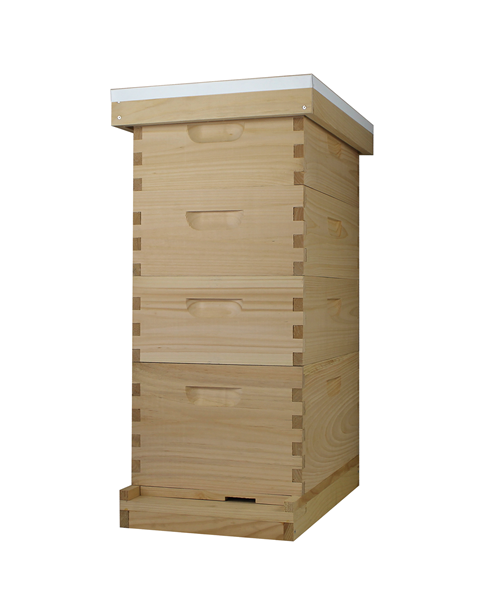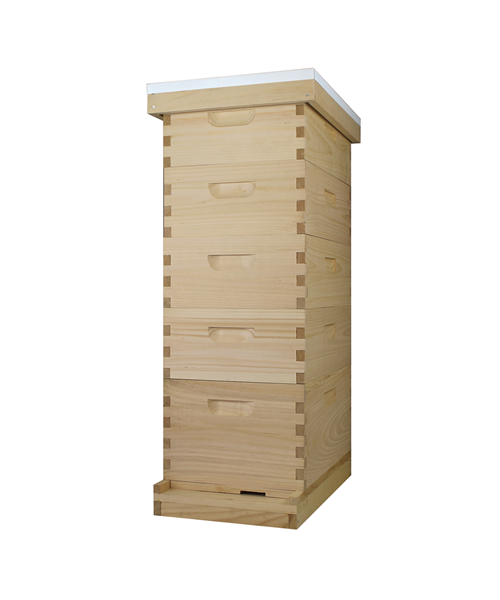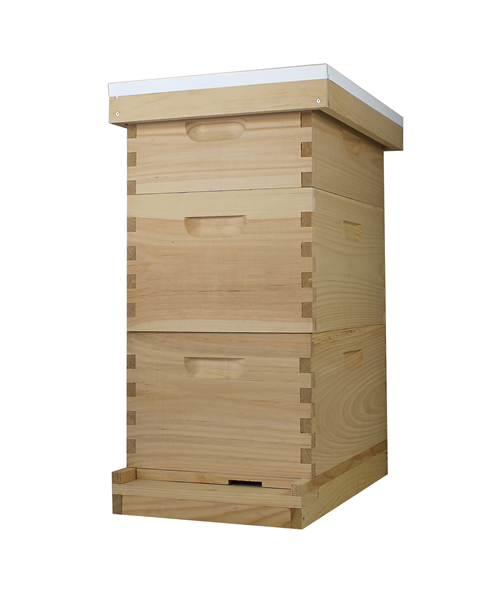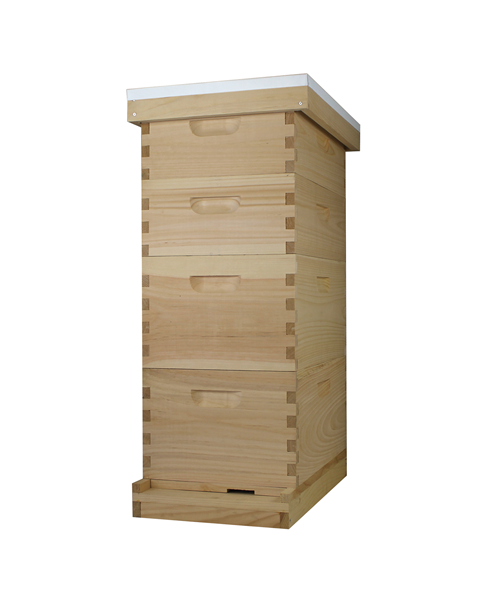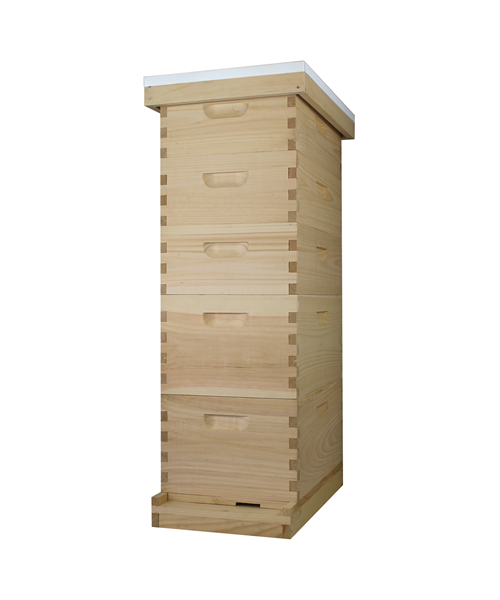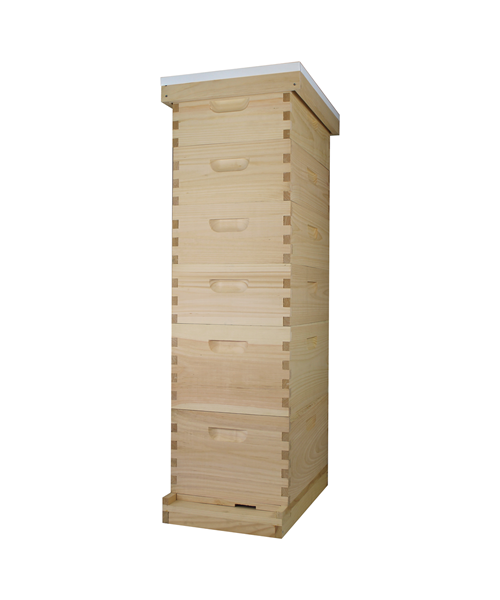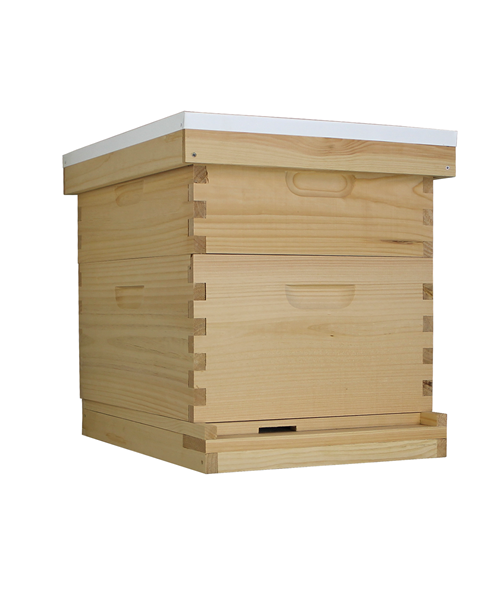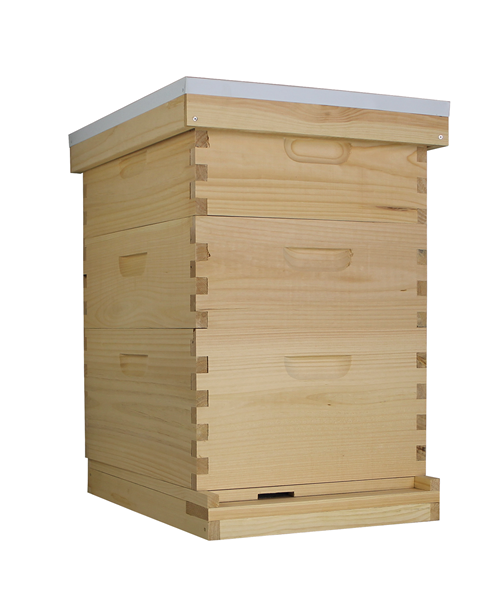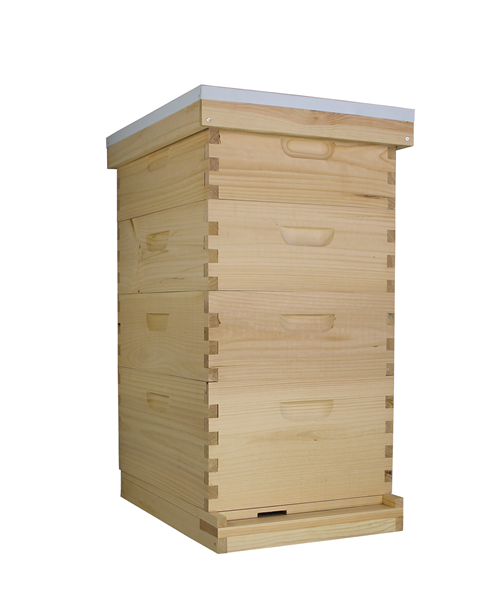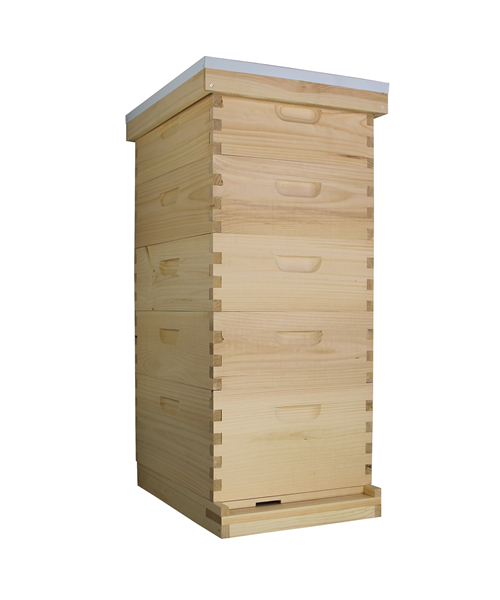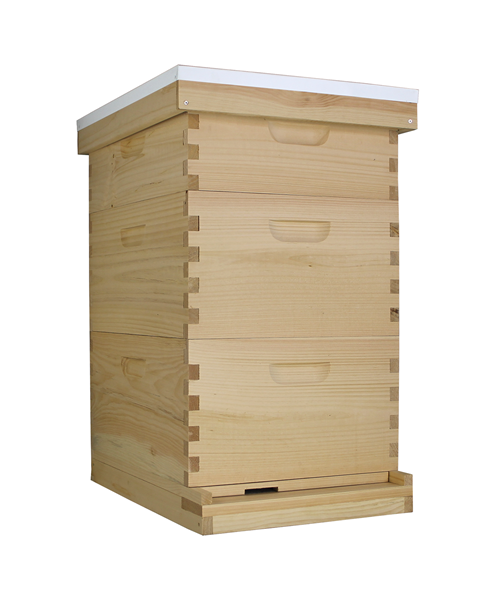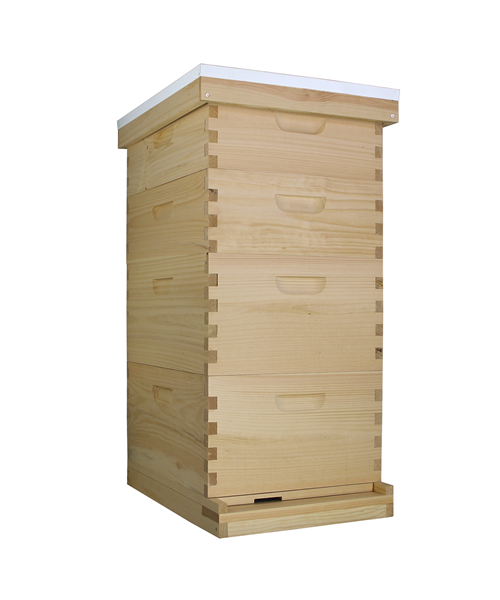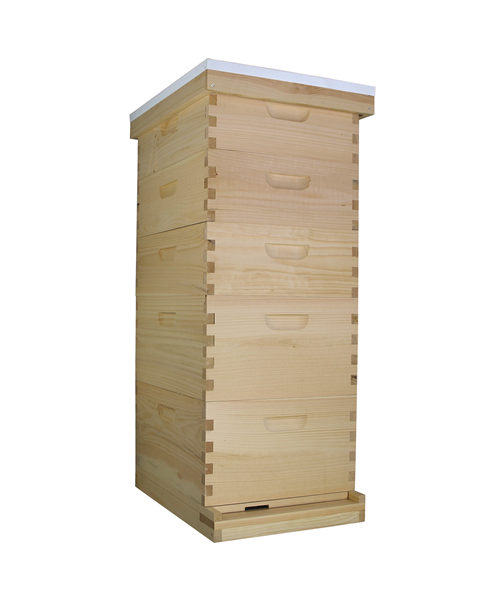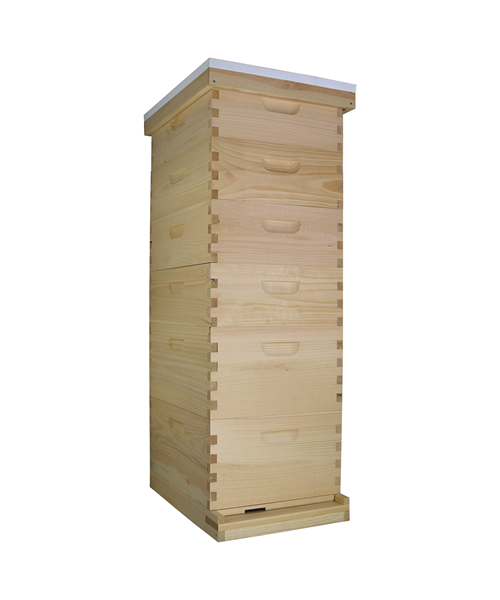Langstroth Beehive: The Standard in Modern Beekeeping
The Langstroth beehive is widely regarded as the gold standard in modern beekeeping, revolutionizing the industry with its innovative design and practical features. Invented by Reverend Lorenzo Lorraine Langstroth in the mid-19th century, the Langstroth hive introduced several key advancements that have since become fundamental to beekeeping practices worldwide.
Design and Construction
The Langstroth hive is constructed from wooden boxes, typically made of pine or cedar, stacked vertically on top of each other. Each box contains frames that hold removable comb foundation or allow bees to build natural comb. The hive is equipped with a bottom board, entrance reducer, inner cover, and outer cover to provide ventilation, protection, and access for beekeepers.
Advantages of Langstroth Hive
The Langstroth hive offers several advantages that have contributed to its widespread adoption and popularity among beekeepers:
- Modular Design: The modular design of the Langstroth hive allows beekeepers to expand or contract the hive according to the size and strength of the colony. Additional boxes can be added as the colony grows, providing ample space for brood rearing and honey storage.
- Frame Compatibility: Langstroth hive frames are standardized in size and spacing, making them interchangeable across different hives and beekeeping operations. This compatibility facilitates hive management, honey extraction, and the exchange of beekeeping equipment among beekeepers.
- Efficient Honey Harvesting: The removable frames in the Langstroth hive make honey harvesting a straightforward process. Beekeepers can remove individual frames from the hive, extract honey using centrifugal extractors or crush-and-strain methods, and then return the frames to the hive for bees to refill.
Impact on Beekeeping Industry
The introduction of the Langstroth hive revolutionized the beekeeping industry, paving the way for modern beekeeping practices and commercial honey production. Its standardized design, efficient honey harvesting method, and scalability have made it the preferred choice for beekeepers of all skill levels, from hobbyists to commercial operators.
Conclusion
The Langstroth beehive stands as a testament to innovation and ingenuity in beekeeping. Reverend Langstroth's invention has had a profound and lasting impact on the beekeeping industry, shaping the way beekeepers manage their hives and harvest honey. As beekeeping continues to evolve, the Langstroth hive remains a cornerstone of modern beekeeping practices and a symbol of excellence in hive design.


